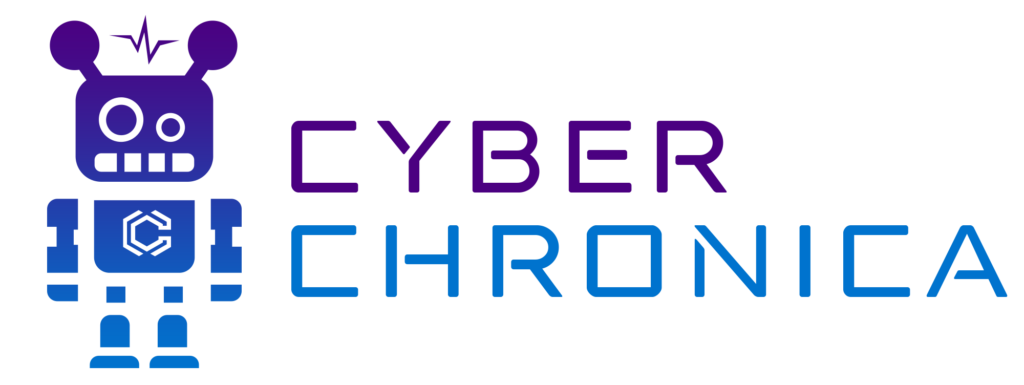Josh Bongard’s team at the University of Vermont converted frog skin cells into “xenobots” late last year. These clumps of cells may swim and multiply, forming new versions of themselves by encircling free cells. That was a significant step forward, but it still leaves us with questions about how those molecules came to create a self-replicating system. This is why chemists are fascinated by the idea of recreating the moment when inanimate chemistry became the most basic form of life. This might have occurred in a million different ways. As a result, Lee Cronin of the University of Glasgow in the United Kingdom is enlisting the aid of robots to investigate. He and his colleagues have created machines that randomly react to a variety of simple chemicals such as acids, inorganic minerals, and carbon-based compounds. The outcome is analyzed, and the robot is guided by an algorithm in deciding how to proceed.
How artificial intelligence can help us figure out how life began | The New Scientist

RELATED ARTICLES





